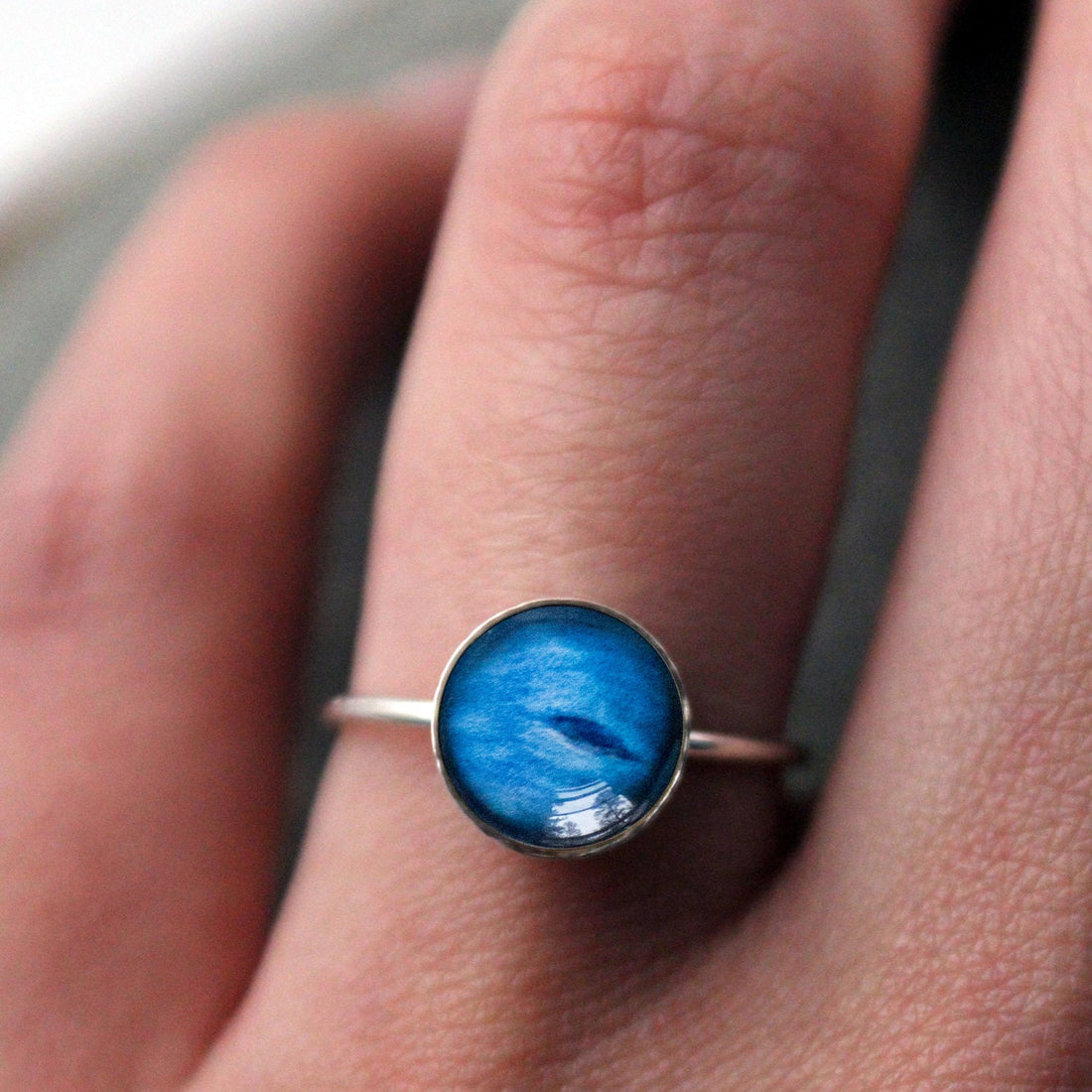Hey, stargazers! Or planetgazers in this case? Anywho, Neptune is next up this year on the list of planets at opposition, meaning Earth is in the process of passing between it and the Sun; therefore, tonight Neptune will be in a prime position to be viewed as clearly and closely than at any other time of the year. Currently, the Blue Planet is hanging out in the constellation of Aquarius, where it will rise on the south-eastern horizon.
Fun Fact: Neptune wasn’t always called Neptune. Before that, it was known as LeVerrier (after the French astronomer credited for its discovery), Janus, and Oceanus.
When not at opposition, Neptune orbits much further out in the solar system than Earth – thirty times farther away from the Sun, actually. It takes Neptune approximately 164 Earth years to complete its orbit around the Sun. Much like the other outer planets, Neptune has a ring system, although the rings are very faint. They are primarily composed of ice particles and carbon-based grains of dust.
Neptune has two active storms called the Great Dark Spot, roughly the size of Earth, and the Small Dark Spot, which is around the same size as Earth’s Moon. In its upper atmosphere, these regions brew with powerful high-speed solar winds that have been clocked at up to 832 miles/1,340 kilometers per second. In 1989, there was one particular sticky storm found in the Great Dark Spot that hung on for five years. Talk about a serious Stage-5 clinger.
The planet has fourteen known moons, the largest being Triton, which is a frozen world and one of the frostiest in our solar system as it perpetually generates particles of nitrogen ice and dust from the dark depths of its soul, er, surface. It is believed that Triton was buzzing around minding its own business when it got caught by the immense gravitational pull of Neptune, and whelp, the rest is history. Raise your hand if you can relate to this scenario.

You can find Triton on our Moons of the Solar System necklace!
Over the upcoming weeks following its opposition, Neptune will reach its highest point in the sky four minutes earlier each night. It will be in the same ideal viewing position around-ish this time over the next handful of years on September 11, 2020, September 14, 2021 and September 16, 2022, if you are wondering (because of course you are).
Have a sweet spot for (or pic of) Neptune? Feel free to share your thoughts in the comments!
xo
Brittany
Brittany



